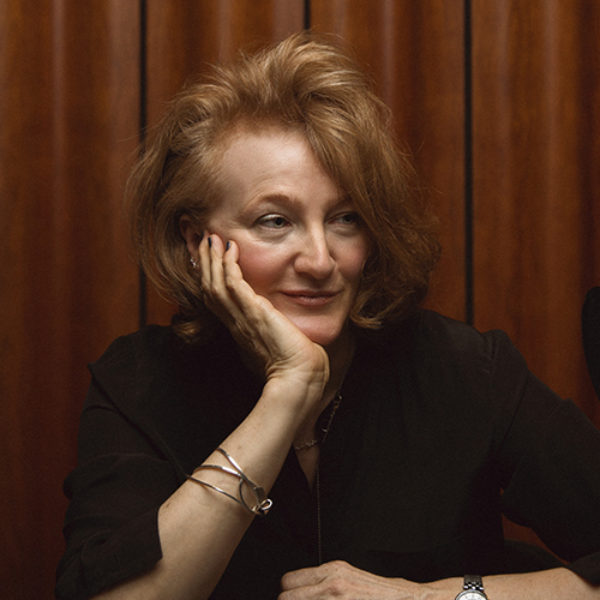Rules for Discussing The Meaning of It All
On my radio show, which covers issues of faith and moral imagination, I encourage my guests to follow a couple of ground rules: No abstractions about God, and speak in the first person, not on behalf of your group or tradition (or God). This makes statements of belief much more hospitable, easier to hear. A listener might disagree with your opinion on ultimate questions but can’t disagree with your experience of them. There is a profound difference between hearing someone say “this is the truth” and hearing her say “this is my truth.”
Since we started doing the show in 2003, this approach has worked well with a great variety of guests, from theologians and physicists to poets and police officers. Many of them do not consider themselves religious, but all of them have something to say about the animating questions behind religion, which flow beyond the boundaries of faith: Where did we come from, and where are we going? What does it mean to be human, and how do we want to live?
I try to use words that get at truth three-dimensionally, tracing its shape in the thick of human experience, knowledge, and passion. This often helps to put a whole tradition in a new light. I once asked Laurie Zoloth, a Jewish bioethicist, how her study of Talmud and Torah could speak to the issue of reproductive cloning. The ancient rabbis, she told me, discussed how to bring a golem (a human-like creature) to life using sacred Hebrew letters. Modern science works with the newly discovered letters of DNA, but it still needs tools like narrative and metaphor, she suggested, to construct a moral universe beyond the borders of our imagination.
I love radio as a medium because it lets us experience — not just understand — the need for different words and forms of knowledge in telling the whole human story, what the physicist/theologian John Polkinghorne describes as “the rich, strange and surprising way the world actually is.” There are some truths that only mathematical equations can convey, and others that can be conveyed only by poetry. There is wisdom, too, that only story can capture.
“The best question to bring a lofty conversation back to earth is: ‘What do you mean when you say that?’”
In my experience on the air, I have found that the best question for bringing a lofty or difficult conversation back to a usable place for the listener is: “What do you mean when you say that?” The more thoughtful answers almost always contain a story. And the most vivid personal stories have the most universal reach, elevating our sense of others and of the humanity we share.
Somewhere near the end of every conversation, I ask some version of the question: “What have you learned about what it means to be human?” That might sound simple in the abstract. But it has elicited an amazing array of answers, depending on whether my guest is the parent of a child with autism, an acoustic biologist who spends her life with elephants in the wild, or an astrophysicist who has devoted himself to unraveling the mystery of “dark matter.”
The complexities of our age — ecological and political, economic and social — have redrawn a range of basic existential and religious questions. The trick for us all is to create conversational spaces in which new answers can unfold. Using words wisely is essential to this effort, especially at a time when so many ideas related to human purpose have been reduced to blunt instruments in our public discourse. Shared convictions may elude us, but by learning to speak and listen in new ways, we can begin to live together and to look to the future differently.
This essay first appeared in the November 20, 2010 edition of the Wall Street Journal.


Share your reflection